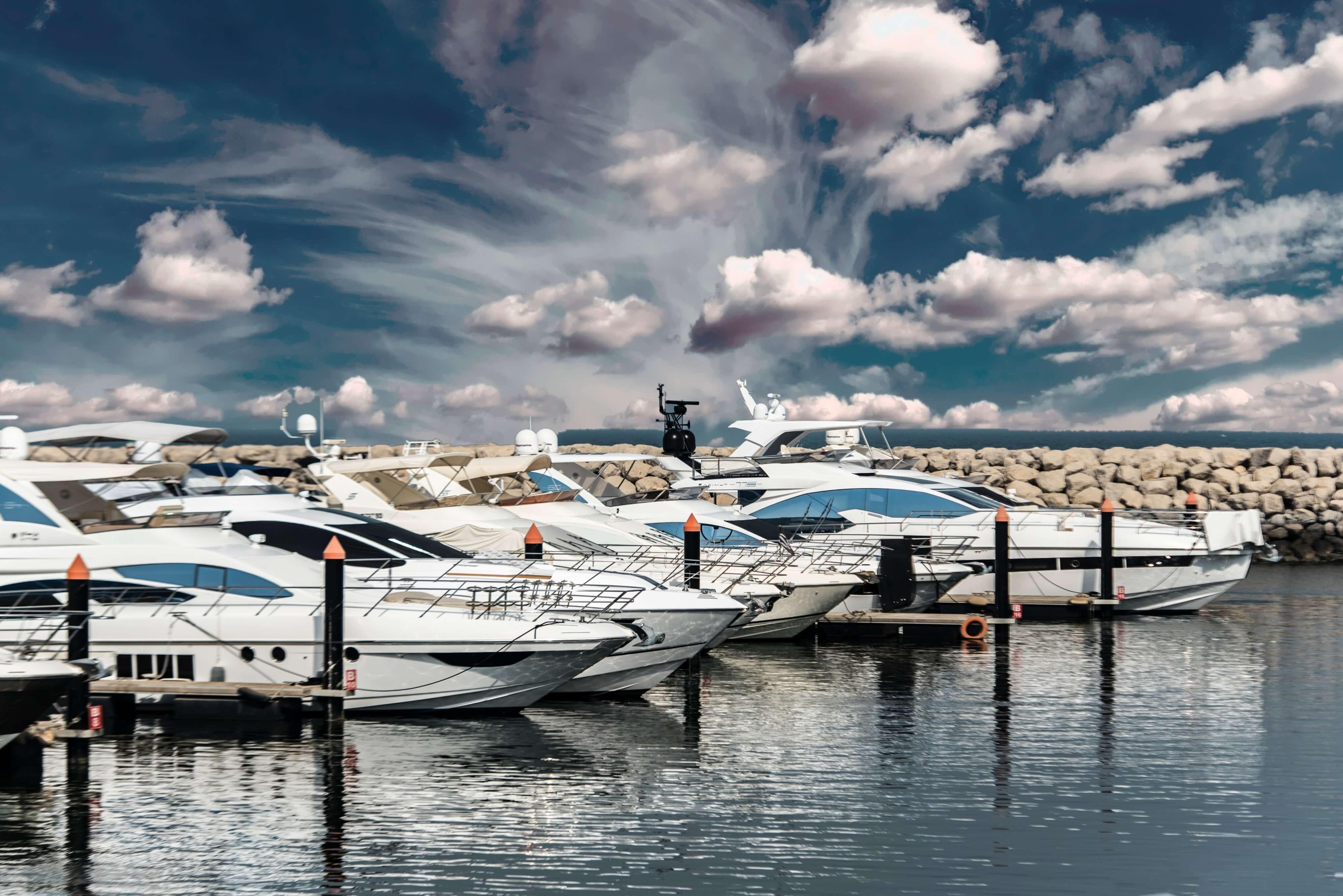I sail a MacGregor 26S with a swinging centerboard. WIth plans to sail in unfamiliar and potentially very shallow waters (Texas Gulf Coast Laguna Madre and waters surrounding the ICW), I am considering the notion of adding a depth sounder, but have reservations.
1. I am not very keen on the idea of thru-hulls.
2. I am thinking that anything short of forward-looking sonar could be too little too late, but forward-looking sonar transducers protrude from the bottom and would have to be removed for trailering. Not an option I am thinking.
3. Money
I would be interested to know if there are solutions I am not aware of. Ideally, I would like to know if anyone knows of a forward-looking sonar rig that does not require a thru-hull, or one that fits flush to the hull.
Thanks!
1. I am not very keen on the idea of thru-hulls.
2. I am thinking that anything short of forward-looking sonar could be too little too late, but forward-looking sonar transducers protrude from the bottom and would have to be removed for trailering. Not an option I am thinking.
3. Money
I would be interested to know if there are solutions I am not aware of. Ideally, I would like to know if anyone knows of a forward-looking sonar rig that does not require a thru-hull, or one that fits flush to the hull.
Thanks!


